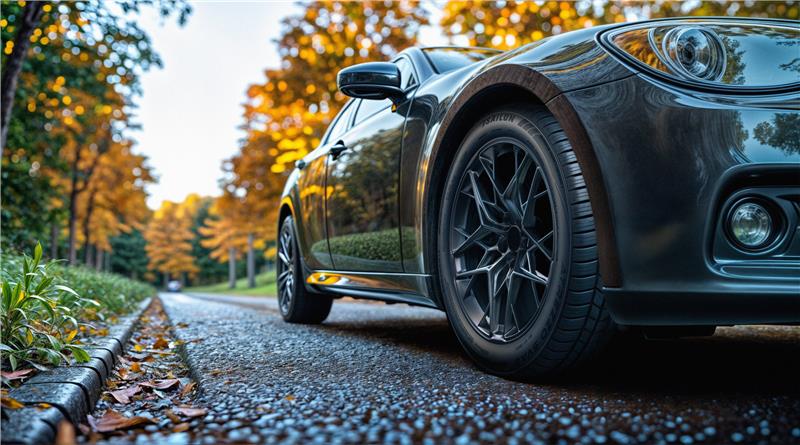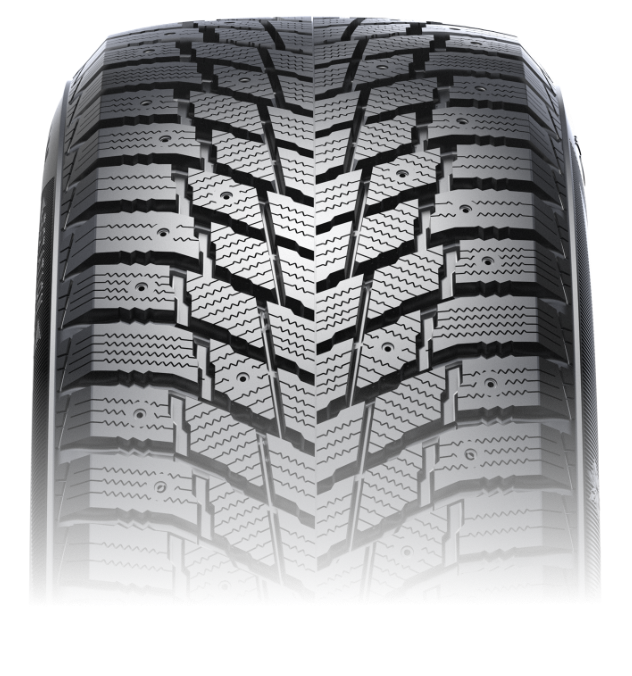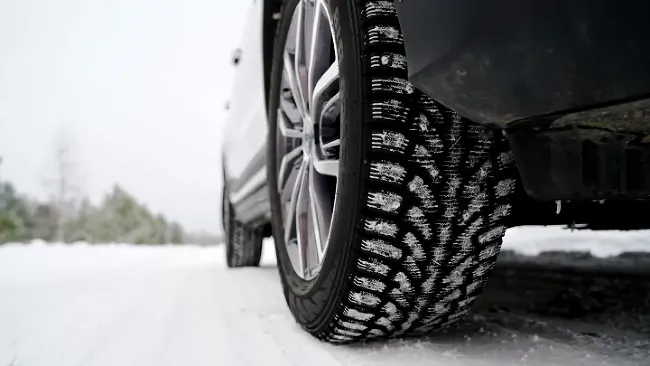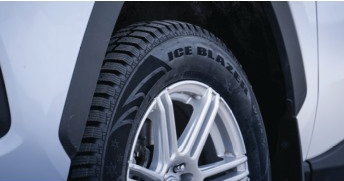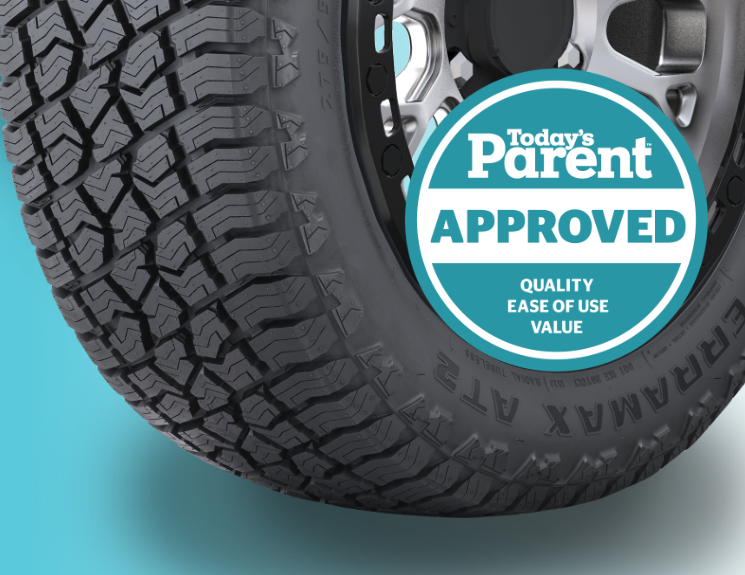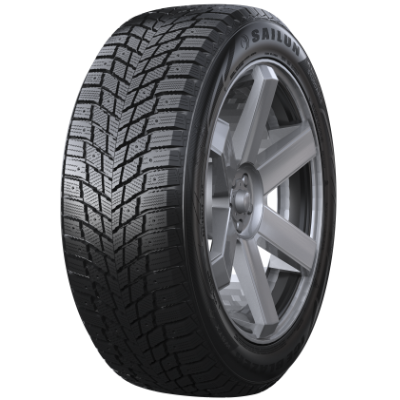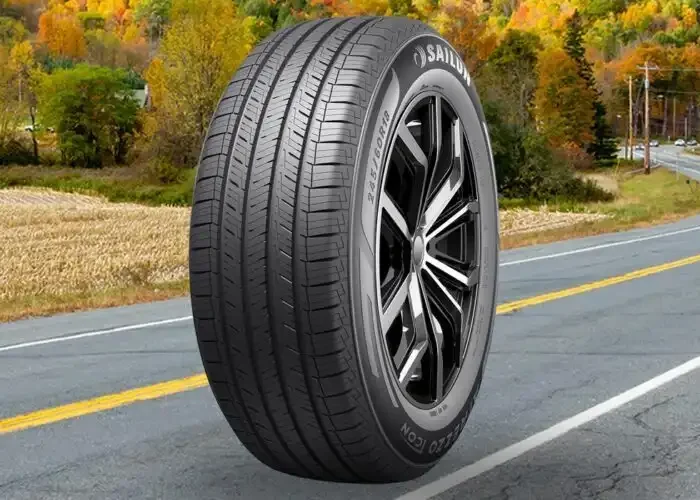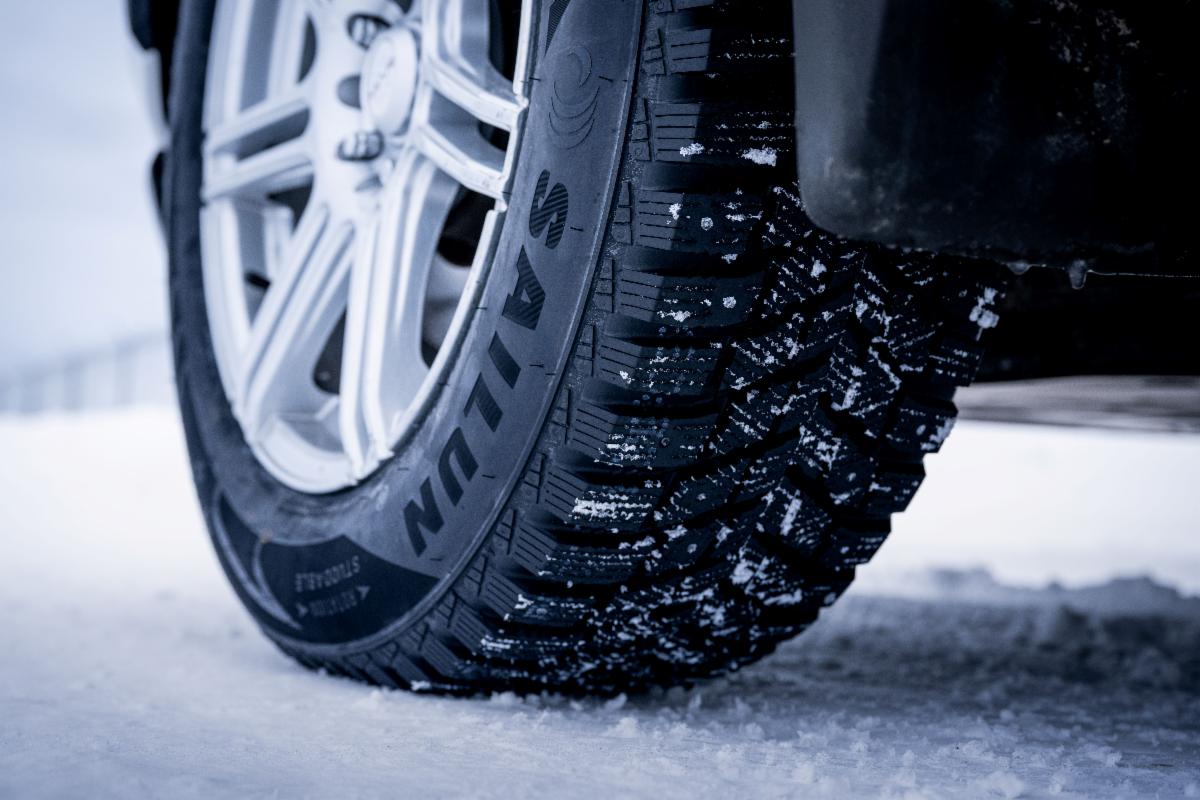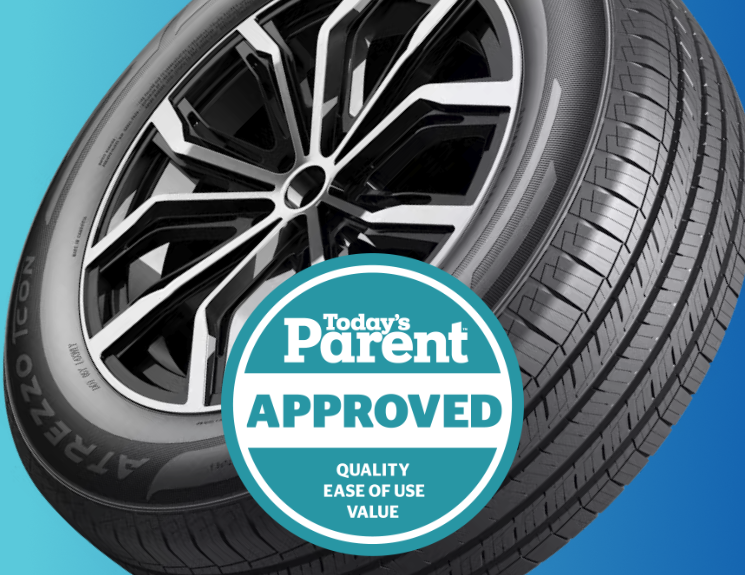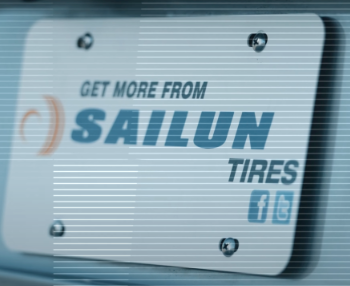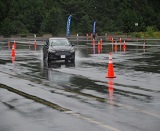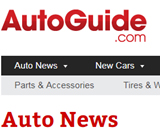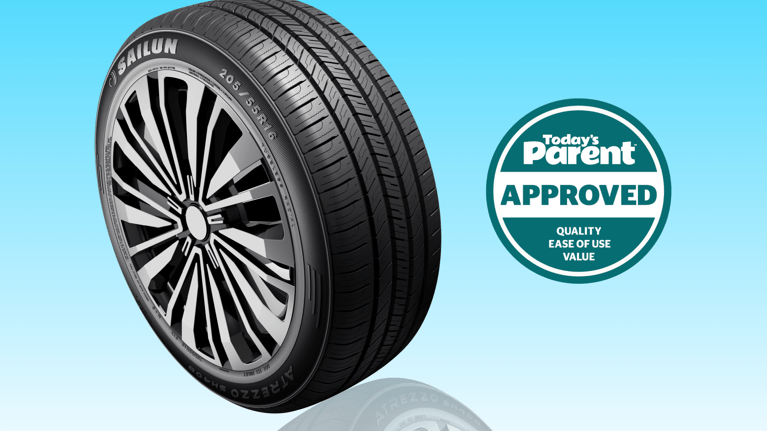
Parent Approved: Why the Sailun Atrezzo SH408 Is a Smart Tire Choice for Families
Looking for a quiet, reliable, and affordable all-season tire? See how the Sailun Atrezzo SH408 handles daily driving with comfort and control.
Get the latest news and media updates on Sailun Tires. Stay in the loop with important updates and exciting trends! Discover innovations, explore expert insights, and join the conversation that drives the tire industry forward!

Looking for a quiet, reliable, and affordable all-season tire? See how the Sailun Atrezzo SH408 handles daily driving with comfort and control.
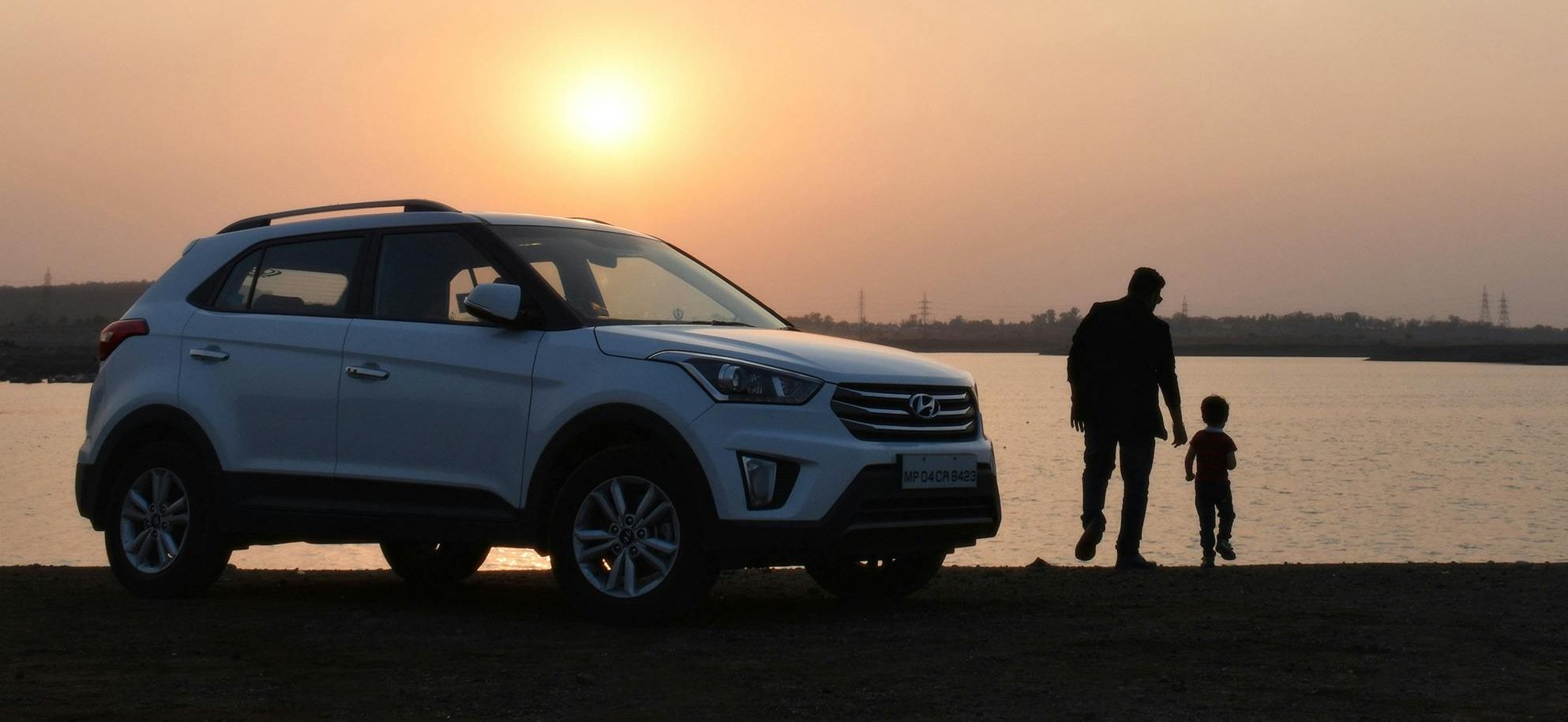
— Apr. 04, 2025

